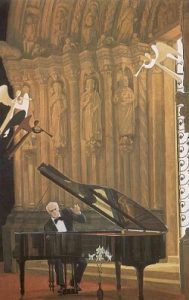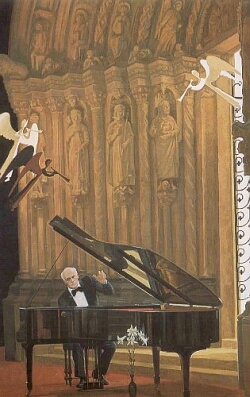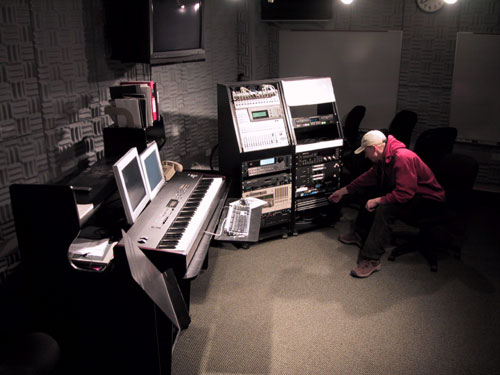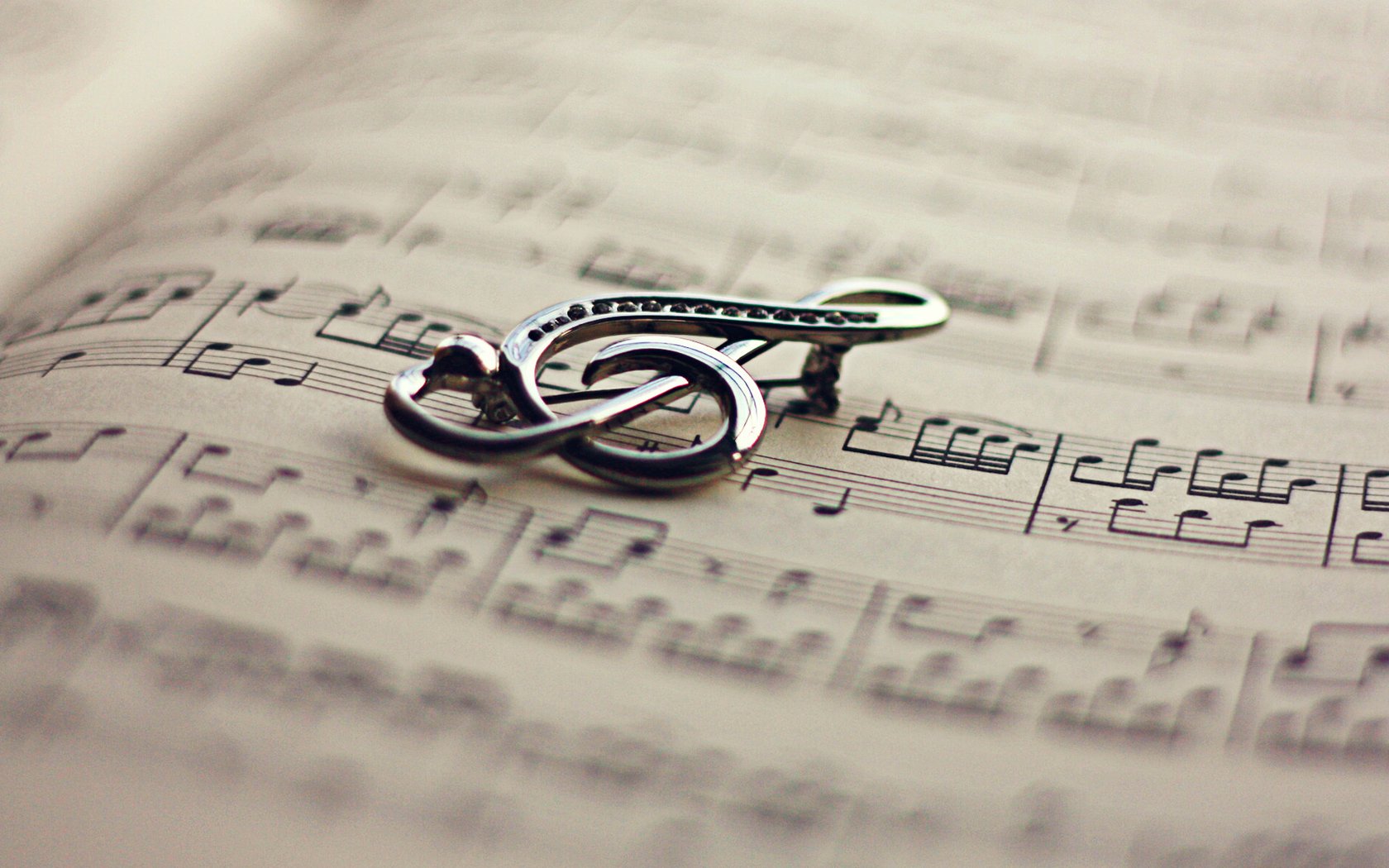solo instrument
Sonata
 The word “Sonata” is derived from the Italian verb “Sonare” – “sound.”
The word “Sonata” is derived from the Italian verb “Sonare” – “sound.”
For the first time Spanish composers of the 16th century began to call it that. Early sonatas were polyphonic, for example, trio sonatas for 3 instruments — violins (or flutes), viola da gamba and harpsichord. When the homophon came to replace the polyphonic style (the main voice began to play the main role with a bright melody, and the rest acquired an accompanying, accompanying character), the sonata for the solo instrument with accompaniment, especially for the violin, became paramount. In the XVII — XVIII centuries. Violin sonatas are composed by the largest Italian composers – J. Vitali, J. Tartini, A. Corelli, A. Vivaldi. The keyboard tool performed in them purely accompanying function. Continue reading



